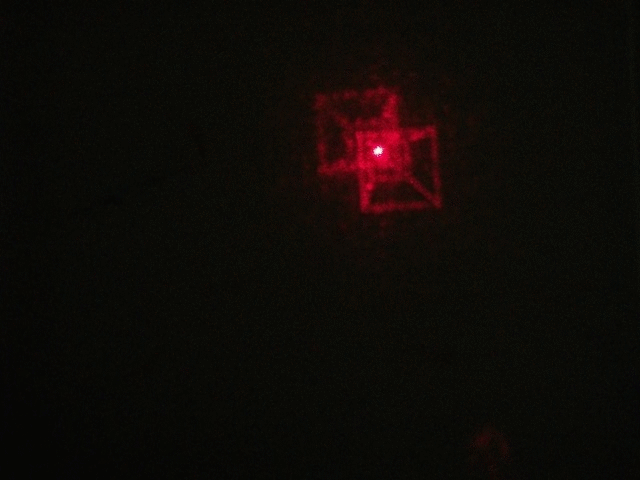How-To: Make cheap castable silicone from caulk
Turns out, though, that mixing in some cornstarch accelerates the drying process; just how much depends on how much starch you add. The author recommends starting with a 1:1 mix. I’m not sure about his explanation that the process works because the hygroscopic starch carries moisture into the internal volume of the silicone, but in any case there are probably other additives that will accelerate the process as well as or better than cornstarch. You might even find one that’s not opaque and allows for translucent castings.










